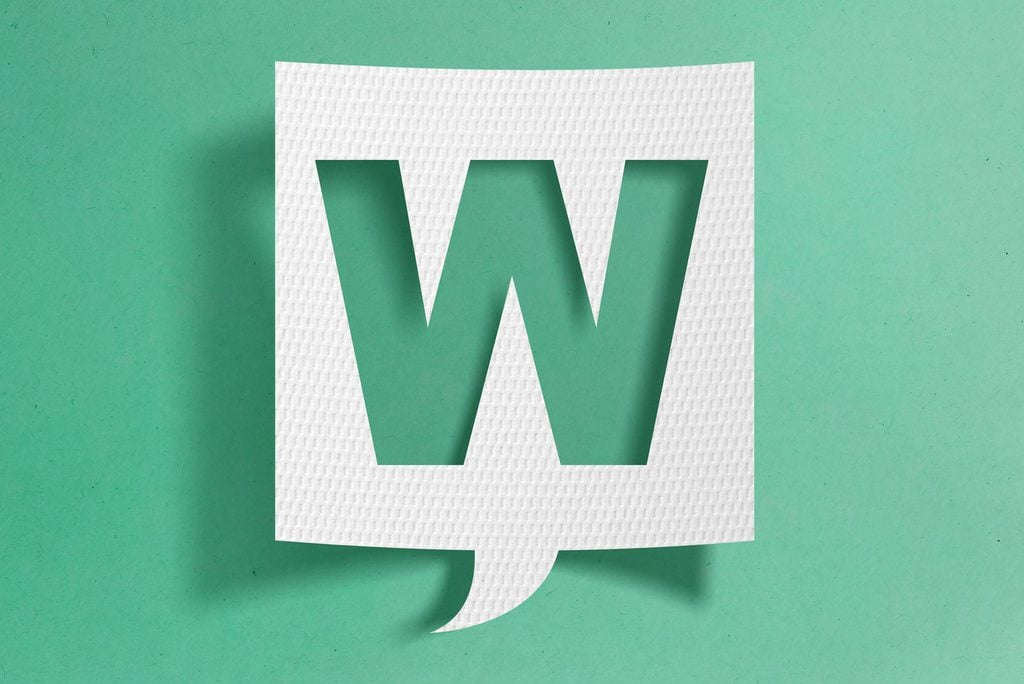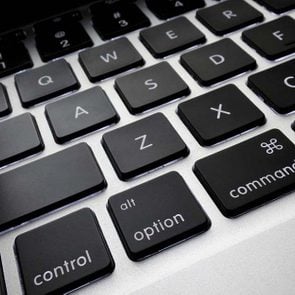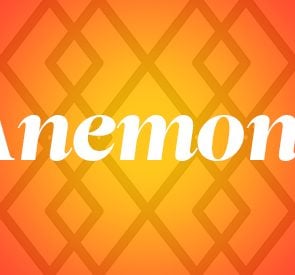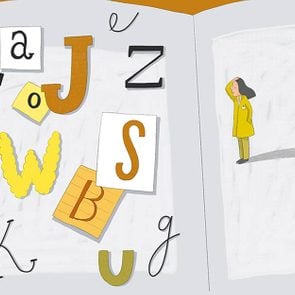This Is Why “W” Is Pronounced Double U and Not Double V
Updated: Nov. 27, 2022

You know the song, you know the letter, but do you know why "w" looks like double-v? Or why it's pronounced double-u? Double-trouble!
In the state of the world right now, it’s likely that you have a number of things keeping you up at night. Maybe you’re up worrying about what school starting up again might look like, or maybe you’re thinking about the everyday moments you took for granted (but won’t ever again). Whatever has you stressing, it’s likely not why “w” is pronounced like double-u and not double-v. But maybe you’re like me, and once you notice it, it haunts your waking hours. Or, also like me, you need something of a distraction right now to keep your brain sharp during quarantine. No judgment here—just answers.
History of the “w” sound
To answer this question, we have to go farther back than you may think. The two-fold answer also has two facets: the sound (pronunciation) and the visual (typeface). Also, check out the last letter added to the alphabet, because it isn’t z.
As the 23rd letter of the alphabet, “w” has been around in some form long before many give it credit. Stemming from Old English, we know that the concept of the “w” sound and letter ran into problems when being converted into the ancient Roman alphabet. This Latin alphabet was then forced to come up with a symbol to represent the sound of the “w.” According to GrammarPhobia, this 7th-century problem was remedied by the symbol “uu,” which is quite literally a double-u.
Next, in the 8th century, the “uu” symbol was replaced with the “wynn” symbol (ƿ) from the Runic alphabet that was used in Old and Middle English. Later, into the 11th and 12th centuries, scribes used the “uu” symbol in its joined form, which carried into the “w” form we recognize today. There is still some evidence of the overlap between “u” and “w,” seen in similar pronunciations between the two. Lexico.com lists flower/flour, guard/ward, and suede/Swede as prime examples. If that’s more information than you bargained for, cleanse your grammar palate with these grammar myths your English teacher lied to you about.
History of the “w” shape
The reason “w” is written like a double-v is somewhat perplexing and phonetically confusing. Historically speaking, it would make more sense to have the “w” look more like a double-u, with curves. So why is the type-face and script so sharp and distinctly double-v looking?
The answer lies in the advent of the printing press in the 15th century. Originally, it was a single double-u block or even two “v’s” if they didn’t have the less commonly used “w” block. Then, as the technology continued to progress and became more streamlined, it was replaced with a double-v block. This is why the “w” that we know and love today looks like a double-v, despite being pronounced double-u.
Evolution of the “w”
The “w” we know and love in print is very clearly made up of a double-v. In cursive, however, or certain fonts and handwriting samples, the “w” is much more like the phonetic double-u. Whatever your preference, “w” is a strange letter with an interesting past. If you’re interested in learning more about the rest of your 26 friends, try these fascinating facts about every letter in the English alphabet.
Sources:
- Dictionary.com. What Does The Letter “U” Have To Do With “W”
- Lexico. Why Is “W” Pronounced “Double U” Rather Than “Double V”?
- GrammarPhobia. Why isn’t a W called a double v?


